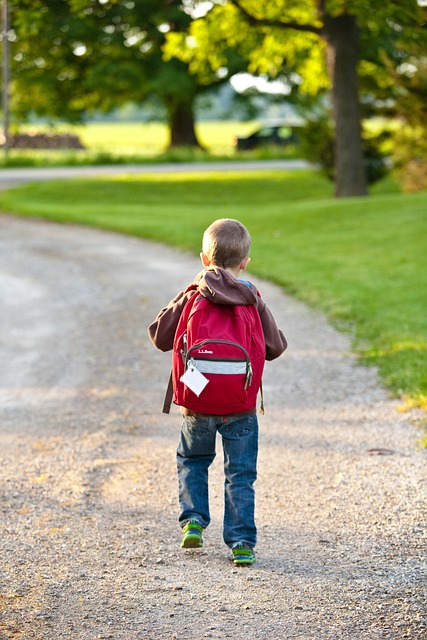Walking to school alone can be an empowering experience for children, fostering independence and responsibility. However, it also comes with its own set of safety concerns. As a parent or guardian, ensuring your child is well-prepared and aware of safety protocols is crucial. If an unfortunate incident occurs, such as a pedestrian accident, knowing the right steps to take and having access to a pedestrian accident lawyer in Phoenix can be invaluable. Here are some top safety tips to help keep your child safe while walking to school alone.

1. Plan and Practice the Route
Plan a Safe Route: Before your child starts walking to school alone, map out the safest route together. Avoid streets with heavy traffic or poor visibility, and choose routes that have sidewalks and pedestrian crossings.
Practice the Route: Walk the route with your child several times to help them become familiar with it. Point out landmarks, safe places to go in case of emergencies, and practice crossing streets safely.
2. Teach Street Safety Rules
Crossing Streets: Teach your child to always use crosswalks and pedestrian signals. Emphasize the importance of looking both ways before crossing the street and making eye contact with drivers to ensure they see them.
Avoid Distractions: Remind your child to avoid distractions like texting or listening to music while walking. Staying alert to their surroundings is essential for their safety.
3. Dress for Visibility
Bright Clothing: Ensure your child wears bright or reflective clothing, especially during early mornings or late afternoons when visibility is lower. Reflective gear like vests or backpacks can also enhance visibility.
Avoid Dark Clothing: Dark clothing can make it harder for drivers to see your child, increasing the risk of accidents.
4. Establish a Routine
Set a Consistent Schedule: Establish a regular walking schedule so your child becomes accustomed to the routine. Consistency helps in developing safe habits and makes it easier for you to keep track of their whereabouts.
Check-In Times: Set specific times for your child to check in with you upon arrival at school and before leaving school to head home. This ensures they are safe and on track.
5. Equip with a Phone
Emergency Contact: If your child has a phone, make sure they have emergency contacts saved, including your number and a trusted neighbor or relative.
Teach Responsible Use: Instruct your child on how to use their phone responsibly. They should only use it for emergencies or to contact you if needed.
6. Discuss Stranger Safety
Stranger Danger: Talk to your child about the concept of stranger danger in a way that is reassuring rather than frightening. Teach them to avoid talking to strangers and never accept rides or gifts from unfamiliar people.
Safe Places: Identify safe places they can go if they feel threatened or lost, such as a trusted neighbor’s house or a local business.
7. Encourage Walking with Friends
Walking Groups: Encourage your child to walk with friends whenever possible. Walking in a group can increase safety as there is strength in numbers.
Establish Friendships: If your child doesn’t already have walking buddies, help them connect with friends in the neighborhood who walk to the same school.
8. Teach Basic First Aid
First Aid Skills: Basic first aid knowledge can be valuable in case of minor injuries. Teach your child how to handle small cuts or bruises and when to seek help if they are injured.
Emergency Procedures: Ensure your child knows what to do in an emergency, including contacting emergency services and following instructions from authorities.
9. Monitor Local Safety Issues
Stay Informed: Keep yourself updated on any local safety concerns or incidents that might affect your child’s route to school. Being informed allows you to make necessary adjustments to their route if needed.
Communicate with School: Maintain communication with the school regarding any safety measures they have in place for students walking to and from school.
10. Trust Your Instincts
Assess Readiness: Every child is different, and some may not be ready to walk alone as early as others. Trust your instincts and your knowledge of your child’s maturity and responsibility when deciding if they are ready to walk to school alone.
Gradual Independence: If you have any concerns, consider a gradual approach to independence. Start with shorter distances or supervised walks before allowing them to walk alone.
By following these safety tips, you can help ensure that your child has a safe and positive experience walking to school alone. Open communication, proper preparation, and ongoing supervision are key to making this transition as smooth and secure as possible.
















Add Your Comment